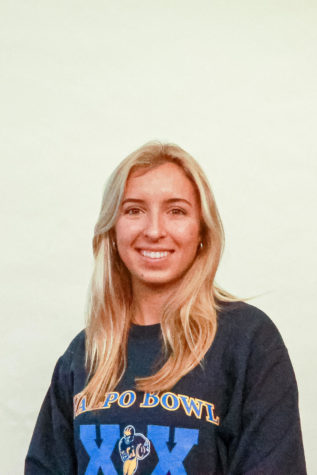In Photos: Applied Science Classes Adapt to Hybrid Learning
March 31, 2021
Many Menlo science teachers pride themselves on their hands-on approach to applied science classes. “The predominant mode of learning is by doing. The courses are hands-on and designed to tap into the student’s passions,” according to the Applied Science and Engineering page on Menlo School’s website. However, during online and hybrid learning, these classes have had to adapt because students do not have access to the Whitaker Lab on campus, which is where they normally create their projects. Several teachers have changed their curriculum to better suit at-home learning.
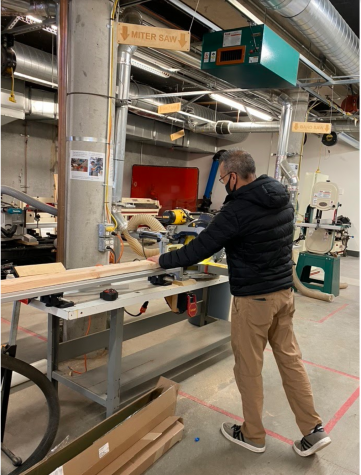
Applied science and engineering teacher Marc Allard cuts wood for the take-home kits that were given to students in the mechanical engineering class. At the beginning of the year, each student was given a set of tools including a drill, impact driver and a hand saw, along with wood for their projects. The students make a wood workbench and a cornhole game in the class.
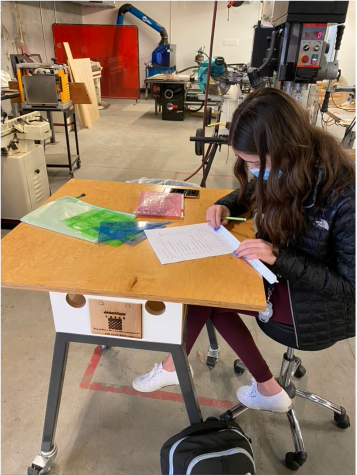
Sophomore Avery Herrod works on drafting and how to use an architect’s scale in Mechanical Engineering. Drafting involves hand-drawing both two- and three-dimensional objects, which are then transferred to an online program called Fusion360 so that the object can be 3D-printed in the lab when students are at home.
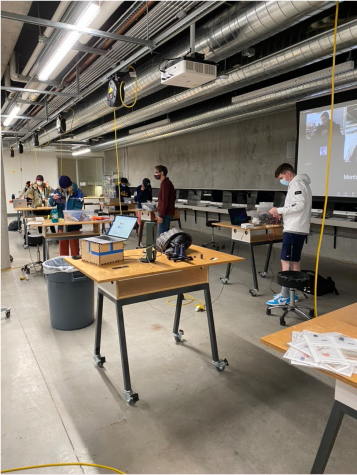
The Electrical Engineering class works on “mission soldering” in the Whitaker Lab during hybrid learning. For this project, students learn how to solder wires to create a circuit with lights and an alarm. Each student is given a kit with breadboards, wires, batteries and other components necessary to build circuits.
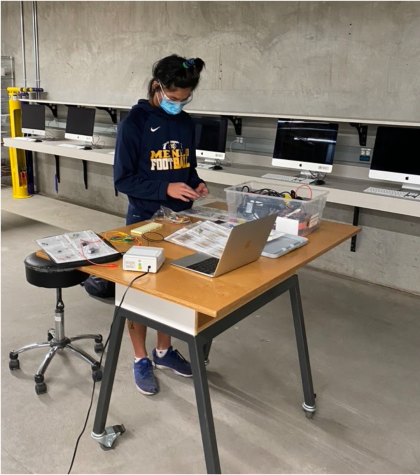
Sophomore Chris Liao assembles a breadboard at his desk during Electrical Engineering. “Diagnosing problems in your circuit with the teacher is difficult over Zoom, but [my teacher] does a really good job helping both the students on and off campus,” Liao said.
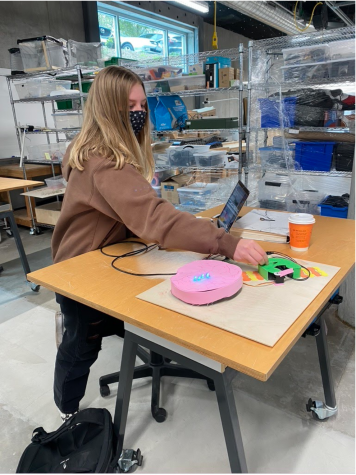
Sophomore Ellie Hardegree presents her neuroscience project to her teacher, Cristina Weaver, about the effects that a certain drug will have on the brain. “Many of the labs and projects throughout the year have had modifications to equipment and procedure so that they can be completed at home,” Hardegree said.
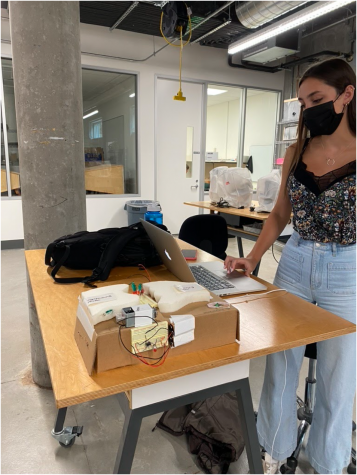
Junior Charlie Herrin tests out her neuroscience project about cocaine and how it impacts the reward system. In years past, the students have utilized more of the tools in Whitaker Lab, but this year, the materials are simplified for at-home learning.
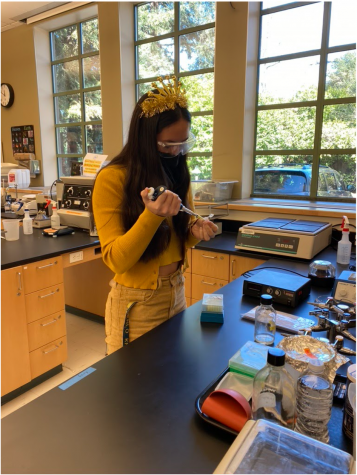
At school, senior Roxy Karrer works on a mitochondrial DNA sequencing lab to look for maternal ancestry for the Biotechnology Research class. During hybrid learning, the students in the class who are at home work asynchronously on individual research projects while in-person students do lab work.

Senior Avery Lee conducts a lab in her Biotechnology Research class. “The students have still learned all the lab techniques that we would in a normal year, but it was spread out over the whole year rather than just first semester to accommodate both groups blue and gold,” Biotechnology Research teacher Tanya Buxton said.
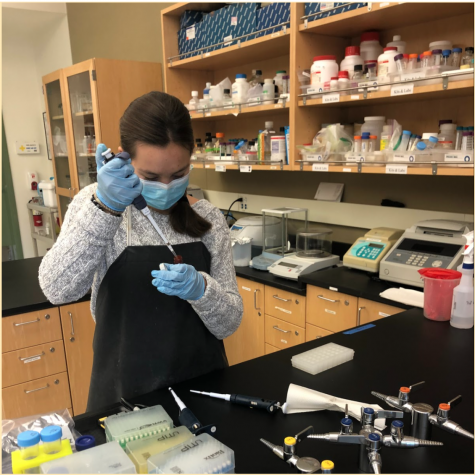
In the Biotechnology Research class, senior Camille Porteous performs a COVID-19 test on synthetic control RNA samples. “I really love the Biotech class, and since we missed out on a lot of the first-semester lab experiences, I am so glad to be back on campus to put into practice the lab techniques we learned first quarter,” Porteous said.


